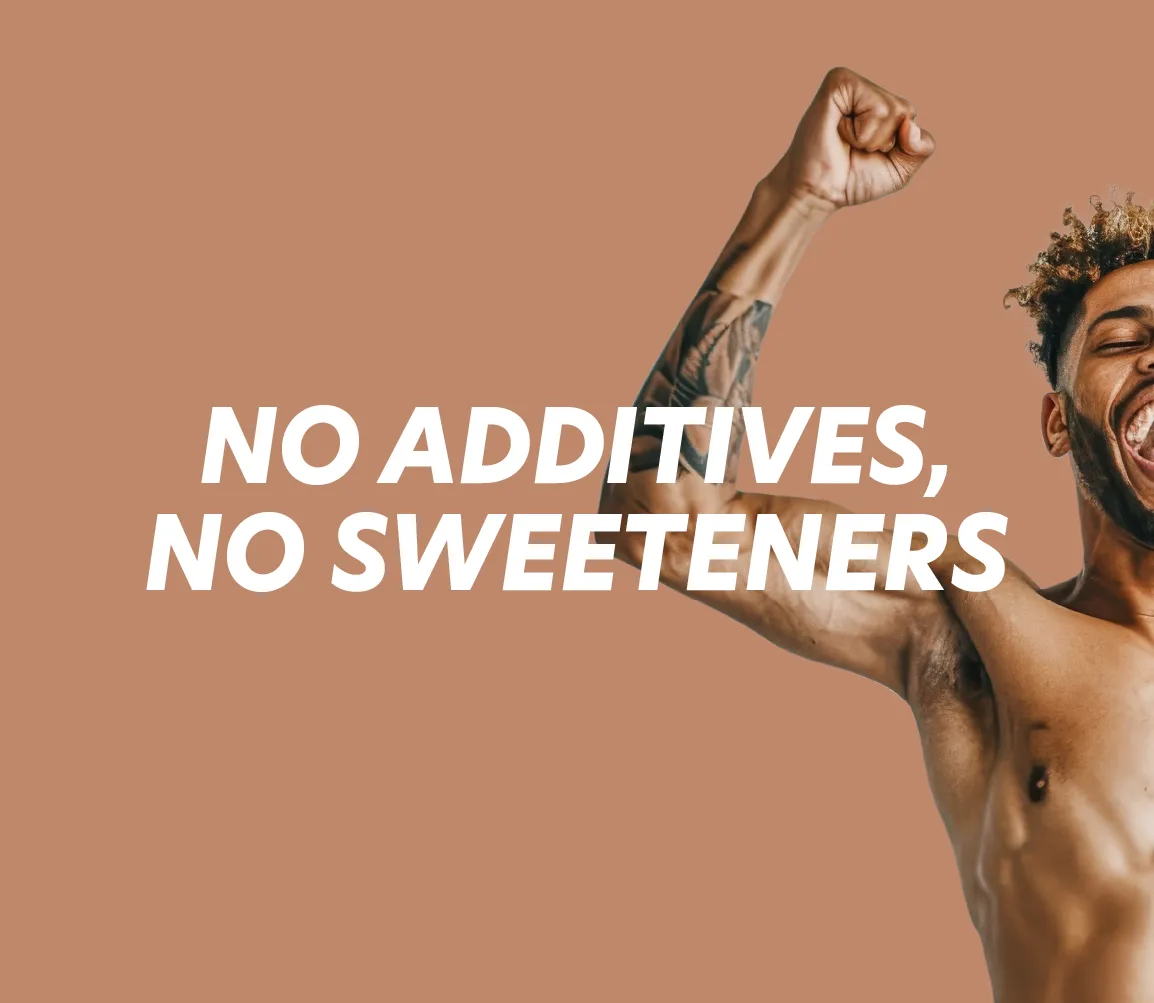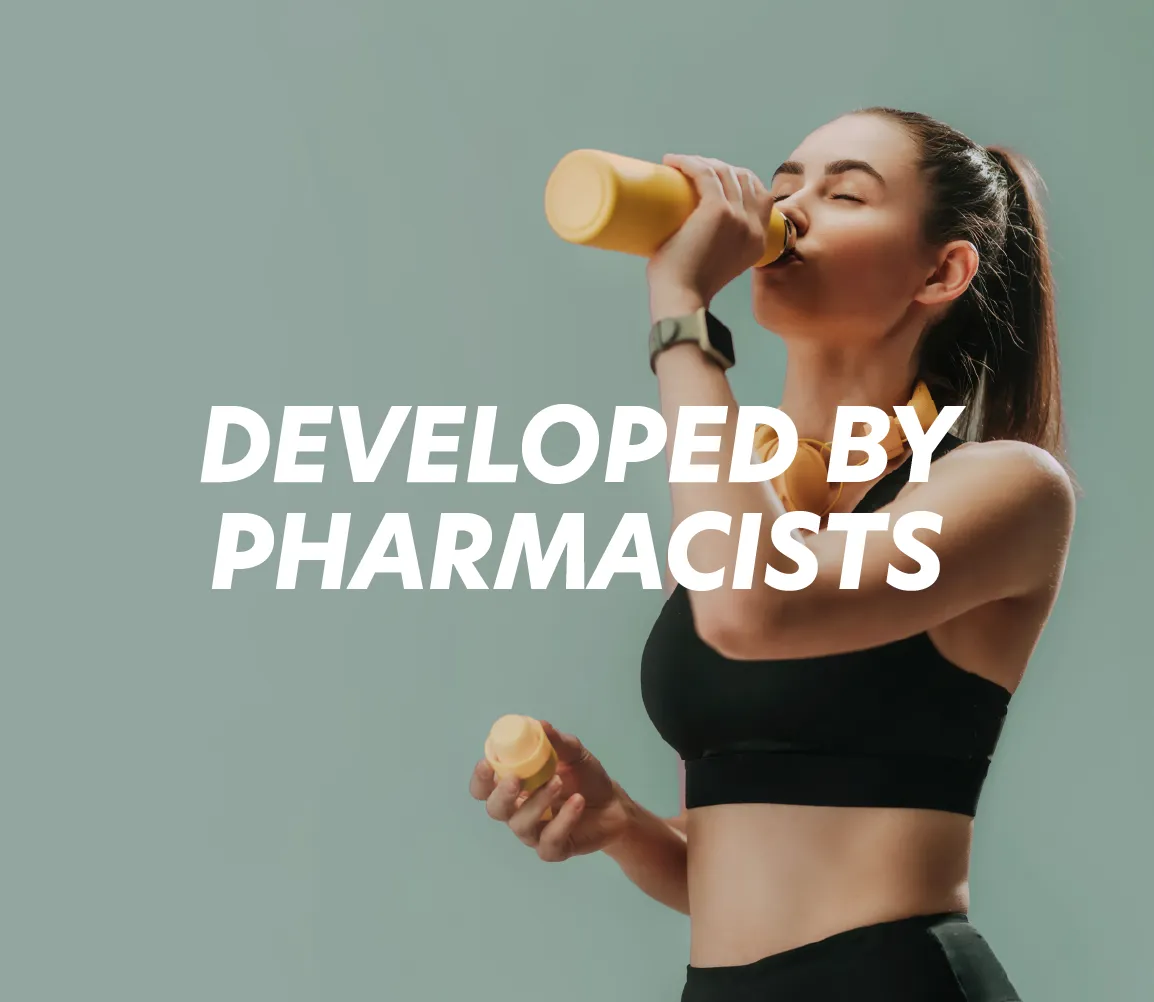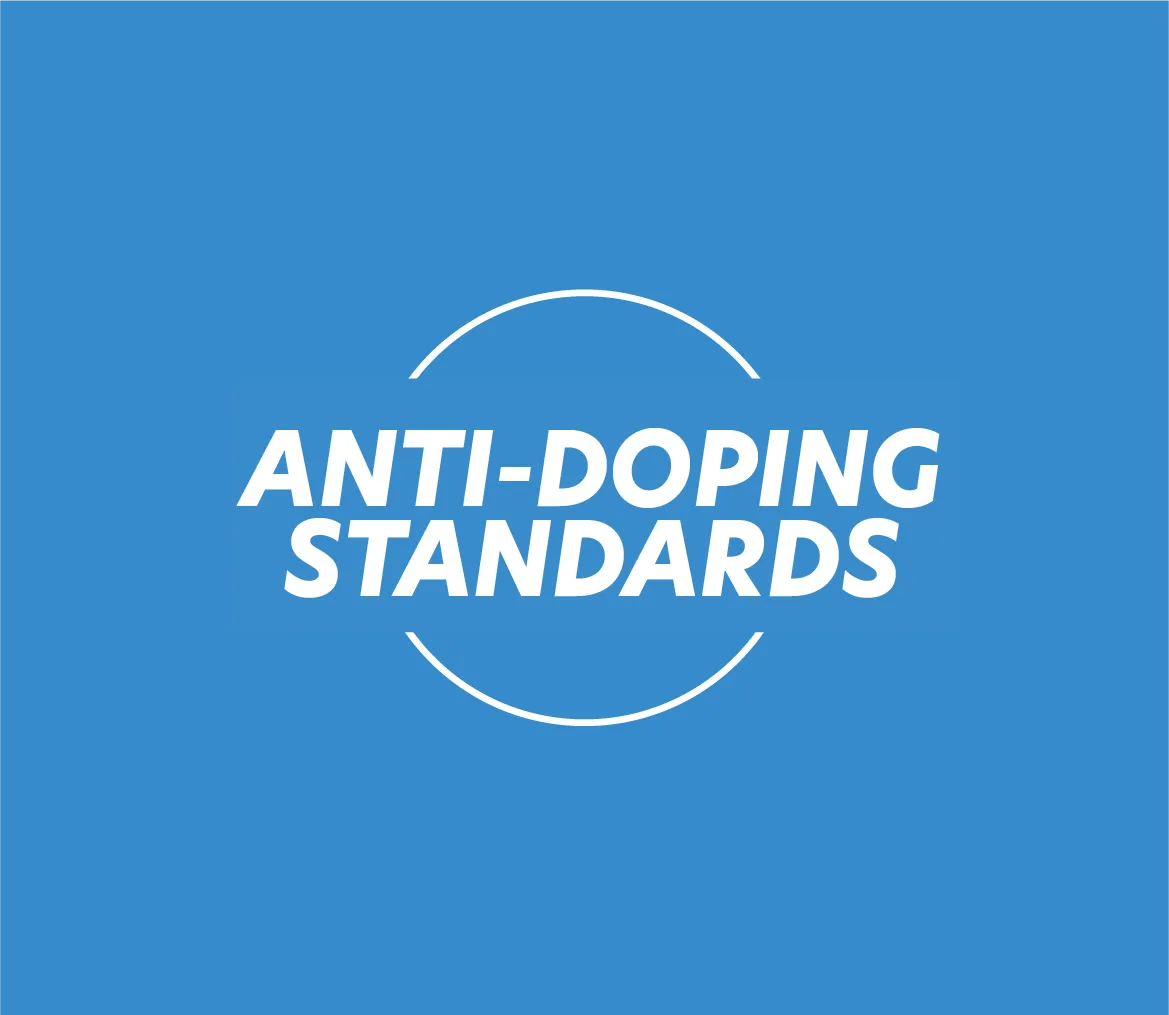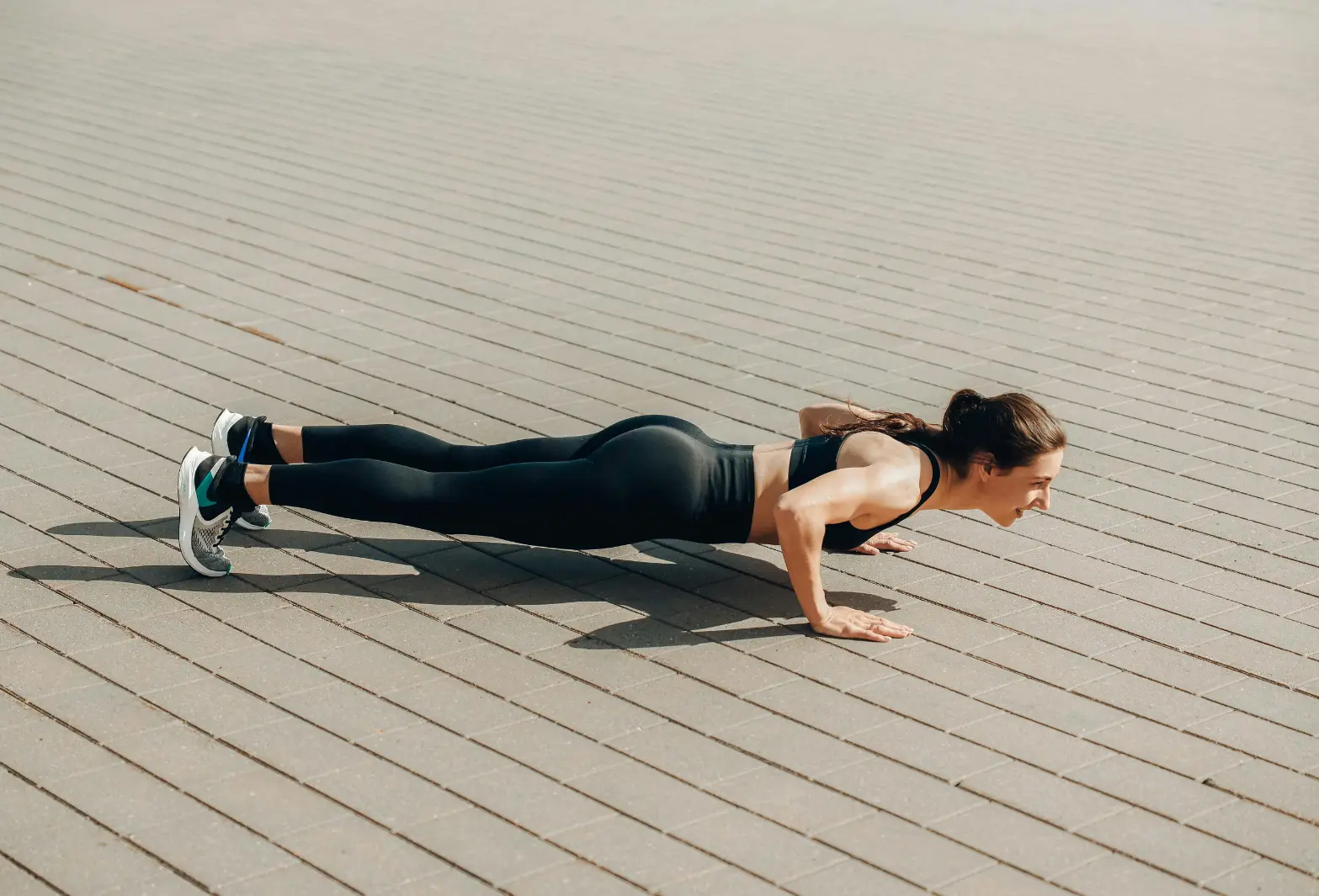Carbohydrates are referred to as muscle fuel. Proteins are compared to indispensable building blocks for the body. But what about the third macronutrient, lipids? Contrary to popular belief, lipids play a real role in sports performance. These dietary fats are a source ofenergy for endurance sports, provided they are well-chosen.
Lipids are also important for physical fitness, hormonal health and injury prevention. In the form of olive oil, oily fish (salmon, sardines) or oleaginous fruits (walnuts, hazelnuts, almonds), these omega-3-rich nutrients are essential for maintaining a metabolic balance conducive to sports performance. Scientific studies show that a regular intake of unsaturated fatty acids improves the body's energy capacity, the quality of cell membranes and aids hormone synthesis.
When, how and what to eat in terms of lipids? Here's how to avoid excess without neglecting your needs.
The importance of lipids in the diet
What is a lipid?
There are three families of macronutrients: lipids, proteins and carbohydrates. All three are essential for sporting performance, even lipids, which are known as " fats " and which, at first glance, can scare athletes away. While they were once shunned in sports nutrition, today they are an integral part of the diet of top-level athletes.
Most dietary lipids are present in the body in the form of triglycerides. Fatty acids are also found in the form of phospholipids and cholesterol, whose roles are described later in this article.
Different forms of fat
There are several forms of fat, classified differently. In biochemistry, we speak of :
- saturated fatty acids (SFAs);
- monounsaturated fatty acids or MUFA ;
- and polyunsaturated fatty acids or PUFAs.
Unsaturated fatty acids are essential nutrients for our health. They supply the body with the omega-3s and omega-6s it cannot manufacture.
In physiology, we prefer to speak of :
- ofessential fatty acids, with the indispensable ones (which the body cannot manufacture) and the conditionally indispensable ones (manufactured from food using precursors). These include omega-6 polyunsaturated fatty acids (or n-6 PUFAs) and omega-3 polyunsaturated fatty acids (or n-3 PUFAs).
- non-essential fatty acids, such as trans-fatty acids, which should be avoided, saturated fatty acids (SFA), which should be limited, and oleic acid or omega-9 monounsaturated fatty acid.
Lipid sources for athletes
Lipids either come from thediet or are produced by endogenous synthesis. Cholesterol, for example, comes from both food and endogenous synthesis. It is a lipid precursor of steroid hormones, including testosterone, which is involved in muscle growth.
In terms of food, the body ingests lipids from animal and plant products, as well as from processed foods such as pastries.
ADEK fat-soluble vitamins are absorbed at the same time as fats, and are stored to enhance performance, hence the importance of avoiding fat-free diets.
The role of lipids in sports performance
A long-term source of energy
1 gram of fat is equivalent to 9 kcal, while 1 gram of protein or carbohydrate provides 4 kcal. Lipids are therefore an important source of fuel for the body, which needs them to perform. They are then stored in the form of triglycerides in adipose tissue.
Beware of the type of effort involved: depending on the energy pathway at work, the body does not use the same energy substrates. The metabolic pathway that uses fatty acids is more likely to be found in medium-intensity, long-duration sports of over thirty minutes duration, where the pace is sustained, such as running.
The energy recovered fromtriglyceride oxidation is high, but the maximum rate of lipolysis is low. Fatty acid utilization therefore increases with the duration of exercise, in correlation with the depletion of glycogen reserves and according to the intensity of training. It then falls as lactatemia increases¹.
An essential cellular function
The benefits of lipids don't stop there. Their second main role is structural, as their phospholipid form becomes part of the composition of cell membranes.
In this cell membrane structure, the lipid acts on fluidity , improving nerve flow. In terms of sports performance, this means better transmission of nerve information, particularly to motor units, which improves muscle recruitment for effort.
These phospholipids are also involved in membrane permeability. Thanks to them, nutrients are able to pass through them more easily, improving their efficiency.
At muscle level, we find a significant reserve of triglycerides in muscles, precisely in type 1 fibers. These fibers are highly resistant to fatigue and have a high oxidative capacity, i.e. they convert lipids into energy. In fact, they are the ones most frequently recruited during long endurance efforts.
A role in physical recovery
Intense physical activity is a source of oxidative stress, which in turn leads to inflammation. Omega-3s are lipids that are described asanti-inflammatory andantioxidant. They will therefore limit the effects of oxidative stress on the body, and in this way contribute to its recovery.
Lipids are an excellent source of energy in the event of injury or to prevent injury.
An effect on protein synthesis
The addition of lipids enhances anabolic sensitivity to amino acids. They then help optimize protein synthesis and contribute to the rebuilding of muscle tissue after physical effort.
Lipid requirements for athletes
How do you calculate your lipid requirements?
As with the intake of other macronutrients, there are two things to remember:
- There's no such thing as too much: excessive intakes are bad for your health, as is a total absence of lipids;
- It's better to have one good quality lipid than many bad ones.
That said, what do the general recommendations tell us?
For the general public, ANSES recommends an average daily intake of 35% to 40% of Theoretical Energy Intake (TEI). Beyond this percentage, this represents 65 g of lipids for 2,000 kcal, for example, or a third of lipids in the calories ingested each day.
For high-level endurance athletes, fat intake can be reduced by up to a fifth of calories. For them, the extra energy will come from a diet rich in carbohydrates.
When and how to eat fat?
Athletes need to cover their essential fatty acid requirements, as these play a part in the hormonal system, coagulation, tissues, the anti-inflammatory system, cognitive functions... And they need to do so through a varied, balanced diet rich in essential fatty acids.
The top 3 foods include :
- oily fish such as salmon, mackerel or herring, rich in omega 3 ;
- oilseeds and oleaginous seeds such as walnuts, almonds, flax or chia seeds, rich in unsaturated fatty acids;
- rapeseed, linseed, walnut and olive oils for omega-3s, and sunflower and corn oils for omega-6s.
As for the timing of consumption, lipid digestion means avoiding high-fat meals just before, during or after exercise. During intense activity, the digestive system slows down to make way for the muscular system, hence the need for a lower-fat diet².
Avocado and hummus are two good sources of lipids to adopt.

Omega 3, between performance and recovery
Polyunsaturated fats include omega-3s, which are essential even though the body does not produce them. Among them, DHA and EPA, two derivatives linked to the muscular metabolic response to nutrition, are present in small quantities³.
The Australian Institute of Sport (AIS) details the physiological changes associated with omega 3 :
- possible reduction in physiological fatigue;
- easier recovery thanks to anti-inflammatory effects;
- protection against reduced muscle protein synthesis in the event of injury requiring immobilization⁴.
While these physiological adaptations are not necessarily a guarantee of performance, foods rich in DHA and EPA are still factors in performance, provided they are consumed regularly.
Studies on the impact of EPA/DHA supplementation have produced mixed results, which is why the AIS classifies them as Group B "emerging scientific support, meriting further research".
We therefore recommend that all performance-oriented athletes maintain their intake ofomega-3-richfoods ,whether they're building muscle or building lean muscle.
The ecological footprint of lipids
Why take an interest in environmental impact?
Omega-3 dietary supplements are not recommended by Protéalpes due to environmental impacts. In humans, DHA is obtained via the consumption of fish⁵. However, it should be noted that intensive fishing of marine omega-3s, particularly that of krill, is disrupting ecosystems (Source Les Echos).
Krill is one of the main components in the diet of marine mammals, but it is also a consumer of carbon-rich algae. It therefore contributes to limiting global warming, as it transports up to 23 million tonnes of carbon, equivalent to the emissions of 35 million cars.
A study shows that rising water temperatures could lead to a 10-58% drop in globally available DHA by 2100, limiting its availability to humans⁵. This decrease would affect vulnerable populations (fetuses and infants), particularly in inland Africa. In the worst-case scenario, DHA availability could decline until 96% of the world's population could no longer have access to a sufficient quantity.
Plant-based alternatives to omega-3
As in the case of vitamins and minerals, we believe that omega-3 intake is best provided by avaried, balanced diet .
Vegetarian alternatives exist for athletes who don't eat fish. Rapeseed oil, for example, is a good solution for ALA intake, although it is not specifically rich in DHA.
As such, it's important to understand that the human body converts ALA to EPA and then to DHA, but this conversion remains inefficient so in this case, relying solely on plant sources may be insufficient to achieve optimal levels of DHA.
Balancing performance and ethics
This is why Protéalpes does not market omega 3 supplements. Scientific data do not show any real benefits in terms of physical performance.
As far as nutrition is concerned, we offer athletes who are building up their muscles gainers without sweeteners or additivesmanufactured in France and designed by pharmacists concerned with helping athletes achieve their goals without neglecting their well-being or the environment. These gainers must be supplemented by a dietary fat source.
4 questions athletes ask about lipids
Should you avoid fats altogether to lose body fat?
Not at all. Fat and fat loss are far from incompatible. On the contrary, a lack of lipids can actually reduce performance, as fatty acids play an important structural role. Lipids ensure the proper functioning of cell membranes, the transport and storage of vitamins and the synthesis of hormones.
On the other hand, for lean mass gain, a fat intake of 25 to 30% is recommended.
What fats should I eat before a competition?
Fats should be avoided just before a competition, as they may cause digestive problems. A meal composed of "good" lipids can be envisaged several hours before the effort, in which case the emphasis is on omega-3 and other unsaturated fatty acids, in addition to carbohydrates.
Can you do sport on an empty stomach to burn more fat?
Not for performance. While having less energy will tend to stimulate the body's fatty acid pathway, exercising on an empty stomach is not a miracle recipe.
The risk is that you won't have enough energy, that you'll go into hypoglycemia or feel very tired, which is counter-productive to the idea of performance.
What's the difference between omega-3 and omega-6?
Both are essential polyunsaturated fatty acids for the body, but their composition differs.
While omega-3s have a more anti-inflammatory role, interesting for injury prevention, omega-6s play a role in the inflammatory mechanism needed to repair wounds.
It's important to remember that the balance between omega-6 (sunflower oil, margarine, industrial dishes) and omega-3 has broken down. Western countries have a diet too rich in omega-6s, which needs to be rebalanced with a regular intake of omega-3s.
Conclusion
Lipids used to be associated with weight gain (this is true of excess consumption). Nowadays, these fats have their rightful place at the heart of sportsmen and women's nutritional plans. These nutrients are essential for performance, providing a source of energy for moderate and prolonged efforts. But the role of lipids in sports performance doesn't stop there. They also play a vital role in recovery and hormone synthesis. Last but not least, these fatty acids keep cells healthy and help prevent injuries.
In sports nutrition, quality takes precedence over quantity. When choosing lipids, it is advisable to increase your intake of unsaturated fatty acids, particularly omega-3s, to meet physiological needs. These good fats have a positive effect on both performance and overall well-being.
Adapting your lipid intake means making a strategic choice that reconciles performance and well-being.















